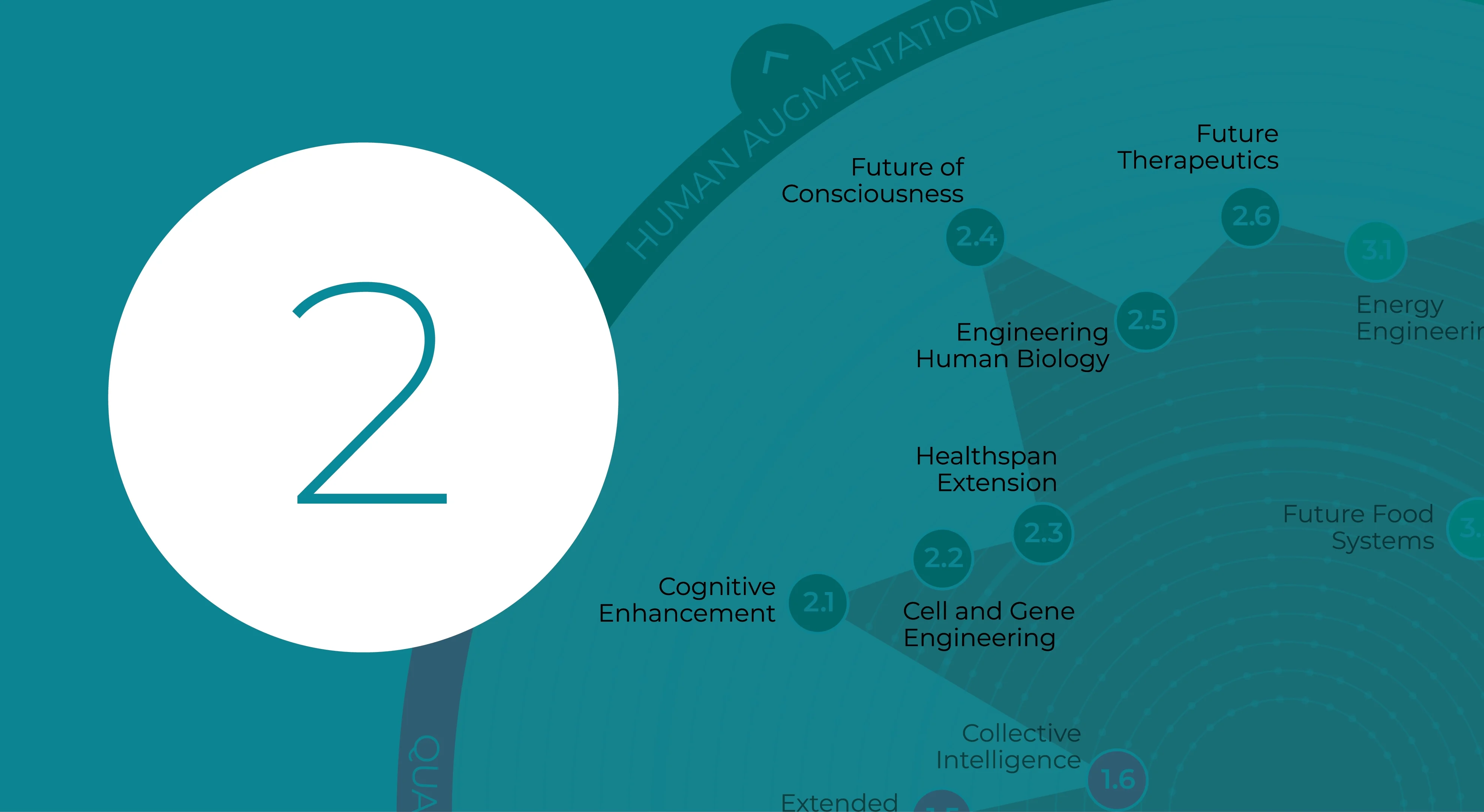Organoids, a miniature organ, represent a revolutionary development in life sciences, closely mimicking the three-dimensional structures, cellular makeup, and physiological functions of human organs. They offer powerful tools for research in disease modeling, drug discovery, and regenerative medicine. Nevertheless, the advancement of organoids encounters several hurdles, such as optimizing the microenvironment to enhance functional maturation, achieving precise spatial arrangements of various cell types for complex tissue simulations, and ensuring high-throughput, standardized production for research and clinical needs. To tackle these challenges, we will adhere to the core principles of human organ development, guiding the differentiation of human pluripotent stem cells in vitro to accurately replicate the physiological microenvironment of tissue-specific vasculature and mesenchyme, including models of vascularized heart, lung, liver, brain, and intestine. By combining organ-on-a-chip and 3D bioprinting technologies, we will eventually reconstruct the three-dimensional structures and physiological functions of different complex organs. This approach will facilitate the targeted and systematic establishment of in vitro human pathophysiological simulation systems, laying the groundwork for organ regeneration and opening new avenues for innovative therapeutic strategies.
In the past, we integrated multi-omics sequencing technologies with patient-derived induced pluripotent stem cells (iPSCs) to reconstruct various organ-specific vascular networks. This approach enabled us to identify tissue-specific vascular pathologies, investigate individualized disease mechanisms, and create new research avenues for developing potential therapeutic strategies for various congenital and degenerative cardiovascular diseases. 1). Uncover endothelium-centered mechanisms underlying single ventricle congenital heart defects (Cell Stem Cell, 2020; Circulation Research, 2022); 2). Construct the first high-resolution human fetal heart four-valve atlas to understand congenital valve hypoplasia (Nature Cardiovascular Research, 2024); 3). Recreate the authentic organotypic lung and intestine vascular bed via vascularized organoids (Cell, 2025).





